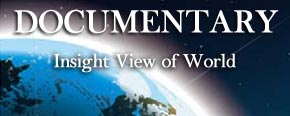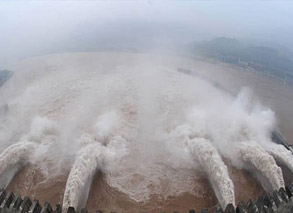Effect of driving restrictions to disappear in three years
2009-05-31 14:00 BJTMorning rush hour on Monday extended until around 11 am
During the morning rush hour of May 18 (Monday), there were traffic congestions as early as 7 am in the southern parts of East and West Second Ring Road, the southern parts of East and West Third Ring Road, as well as the southern parts of West Fourth Ring Road. These congestions did not begin to ease until 9 am, while traffic on most urban roads did not ease up until around 11 am.
Reporters learned that in the middle of last month, during the first two days after the implementation of the new rules on driving restrictions, urban traffic congestion occurred at only just over 10 road sections. After one month, the morning rush hour on Monday was extended until 11 am, close to the traffic congestion level prior to the implementation of driving restrictions.
The transaction volume of second-hand vehicles increased by more than one half
In early April, all experts including Renmin University professor Mao Shoulong thought that long-term implementation will lead to consequences such as the rise in the number of vehicles as well as the increased frequency of trips by vehicles when discussing whether Beijing should extend the period of the driving restrictions.
The facts are just like what experts had expected. Data from Beijing Asian Games Village Automobile Exchange revealed that since late January, the sales of vehicles equipped with engines of 1.6 liters or below have remained high, with supply falling short of demand for some time.
Transactions of second-hand vehicles have also experienced robust growth. In the first four month of this year, the transaction volume of second-hand vehicles in Beijing Asian Games Village Automobile Exchange have increased by 44 percent year-on-year; Since April, the transaction volume of second-hand vehicles in both Beijing Asian Games Village Automobile Exchange and Beijing Used Vehicle Trading Market rose by more than 50 percent year-on-year. The car types are mainly economic small-sized vehicles such as Xiali, Alto and QQ.
Official with Beijing Used Vehicle Trading Market expressed that since the driving restrictions were implemented, demand for small engine vehicles below 80,000 yuan has increased. However, these vehicles were in short supply for a time because owners of small vehicles still kept their own cars after buying new ones so they could drive every day.
In three years time, the congestion level will approach the former level before the driving restrictions were implemented.
"Currently, the number of Beijing’s motor vehicles in service is more than 3 million. The traffic restrictions reduce 700,000 vehicles on roads every day. However, after three years, the natural growth rate of motor vehicles will remove the effects of the driving restrictions,” Rong Jian, a professor of the Transportation Research Center of Beijing University of Technology said in an interview.
The latest statistics of motor vehicles by BTMB showed that as of February 19 this year, Beijing’s motor vehicles in service reached 3.56 million units, increasing by 1,000 units every day. It only took one year and nine months for Beijing’s motor vehicles to increase from 3 million to 3.56 million. If this momentum remains unchanged, the traffic flow will be similar to the traffic congestion before driving restrictions were implemented, even with the rules still in effect.
Translated by LOTO
Editor: Shi Taoyang | Source: CCTV.com
 Mail
Mail Share
Share Print
Print


 Video
Video









 2009 China Central Television. All Rights Reserved
2009 China Central Television. All Rights Reserved